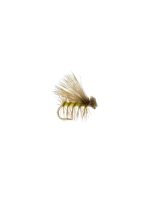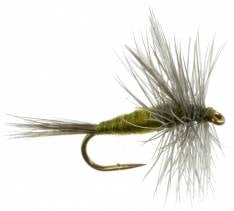In this extraordinary guide, we’re going to walk through the elusive art of fly fishing in the Elk River, British Columbia. We’ll dive into the biography of the river and its magical fishery, pinpoint the five finest access points, reveal the best fishing spots, and unravel the mysteries of rod and reel selection. As if that’s not enough, we’ll break down top fly choices and unveil a trio of invaluable fishing techniques. All this, topped with a comprehensive guide on rigging your rod, understanding local laws, and wrapping up with an SEO-friendly conclusion.
A Stroll Down the Memory Lane of Elk River and its Fishery
The Elk River, nestled in the Southeastern corner of British Columbia, is a fly-fishing paradise, known for its massive populations of wild Cutthroat and Bull trout. The water’s ebb and flow sing in tune with the seasons, with prime fishing times typically ranging from June to October.
Your Treasure Map to Elk River
| Access Point | How to Get There | Local Guide Shop |
|---|---|---|
| Fernie | Follow Highway 3 to the city | Elk River Guiding Company |
| Sparwood | Navigate along Highway 3, east of Fernie | East Kootenay Fly Shop |
| Elkford | Continue northeast on Highway 43 from Sparwood | Trout Town Fly Shop |
| Hosmer | Located on Highway 3, west of Fernie | Elk River Fly Fishing |
| Morrissey | South of Fernie, accessible via Highway 3 | Fernie Fly Fishing |
The Introvert’s Haven: Fly Fishing with the Least Traffic
For the reclusive angler seeking solace in solitude, Elkford offers the most serene fishing experience. It’s a farther trek, but your reward is a peaceful communion with nature, undisturbed by human noise.
Where Fishermen Gather: The Busiest Fishing Spot
Fernie is the bustling hub of Elk River, teeming with eager anglers from dawn till dusk. It’s a great spot for beginners to learn the ropes, or for the social fisherman to swap tales of the one that got away.
Your Trusty Armament: Ideal Rod and Reel Selection
An optimal rod choice for Elk River would be a 9-foot, 5 or 6-weight rod paired with a weight-forward floating line. Choose a reel with a reliable drag system that can withstand the explosive runs of a feisty Cutthroat or Bull trout.
Your Tactical Arsenal: The Best Flies for Each Season
| Season | Top 5 Flies |
|---|---|
| Spring | Blue Winged Olive, Red Copper John, Zebra Midge, Wooly Bugger, San Juan Worm |
| Summer | Elk Hair Caddis, Pale Morning Dun, Yellow Sally, Parachute Adams, Golden Stonefly |
| Fall | Fall Caddis, Orange Stimulator, BWO Emerger, Pheasant Tail Nymph, Streamer Patterns |
| Winter | Midges, Scuds, Streamers, Egg Patterns, Leech Patterns |
Unleashing Your Inner Angler: How to Fly Fish the Elk River
- Streamers: Cast your fly upstream and retrieve it as it flows downstream, mimicking a wounded or fleeing baitfish.
- Dry Fly Fishing: Keep a keen eye on the water surface. Cast your fly and let it drift naturally with the current, waiting for a trout to rise and strike.
- Nymphing: Nymph fishing requires casting your fly upstream and letting it drift naturally with the current beneath the surface.
Suit Up: Rigging Your Rod
Pair your 5 or 6-weight rod with a 9-foot 5X leader for dry flies and nymphs. Attach a tippet of the same strength for added reach and stealth. Nymphing requires split shot weights placed 1.5-2 feet above the fly for proper depth, aiming to drift the nymph 1-2 feet off the river bottom.
Know the Rules: Local Laws and Restrictions
It’s important to respect the Elk River and local laws. Make sure to keep updated on any season closures or restrictions. Barbless hooks are a must in British Columbia, ensuring minimal harm to fish.
Conclusion
Mastering how to fly fish the Elk River is an adventure, a passion, a thrilling chase, and an absolute treat for any angler. From understanding the river’s history and ecosystem to picking the right gear and techniques, every detail matters.

